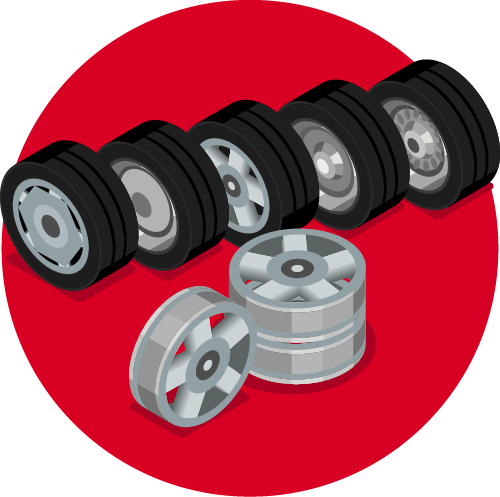What goes into rotating a tire?
Many items need to be checked off, and these are just a few of them: the tire tread depth needs to be measured; then there is balancing the tires; then the wheels need to be mounted, and sometimes remounting needs to be performed. These are the basic processes involved in rotating a tire.
It gets a bit more complicated when you add in some of the varying factors. For example, if you have a bidirectional tire on your vehicle, the way you rotate the tires will vary from a unidirectional tire.
Why should you rotate your tires?
The number one reason to get your tires rotated is safety. The front and rear tires wear out differently. Depending on if your vehicle is a front-wheel drive, the front tires will wear out faster than the rear tires.
And vice versa - if your vehicle is rear-wheel drive, the rear tires will wear out faster than the front tires. By having this service performed, you're making sure that your tires wear out evenly. You don't want to brake on uneven tires, it'll just wear your brake pads which will affect how long it takes to stop the vehicle.



